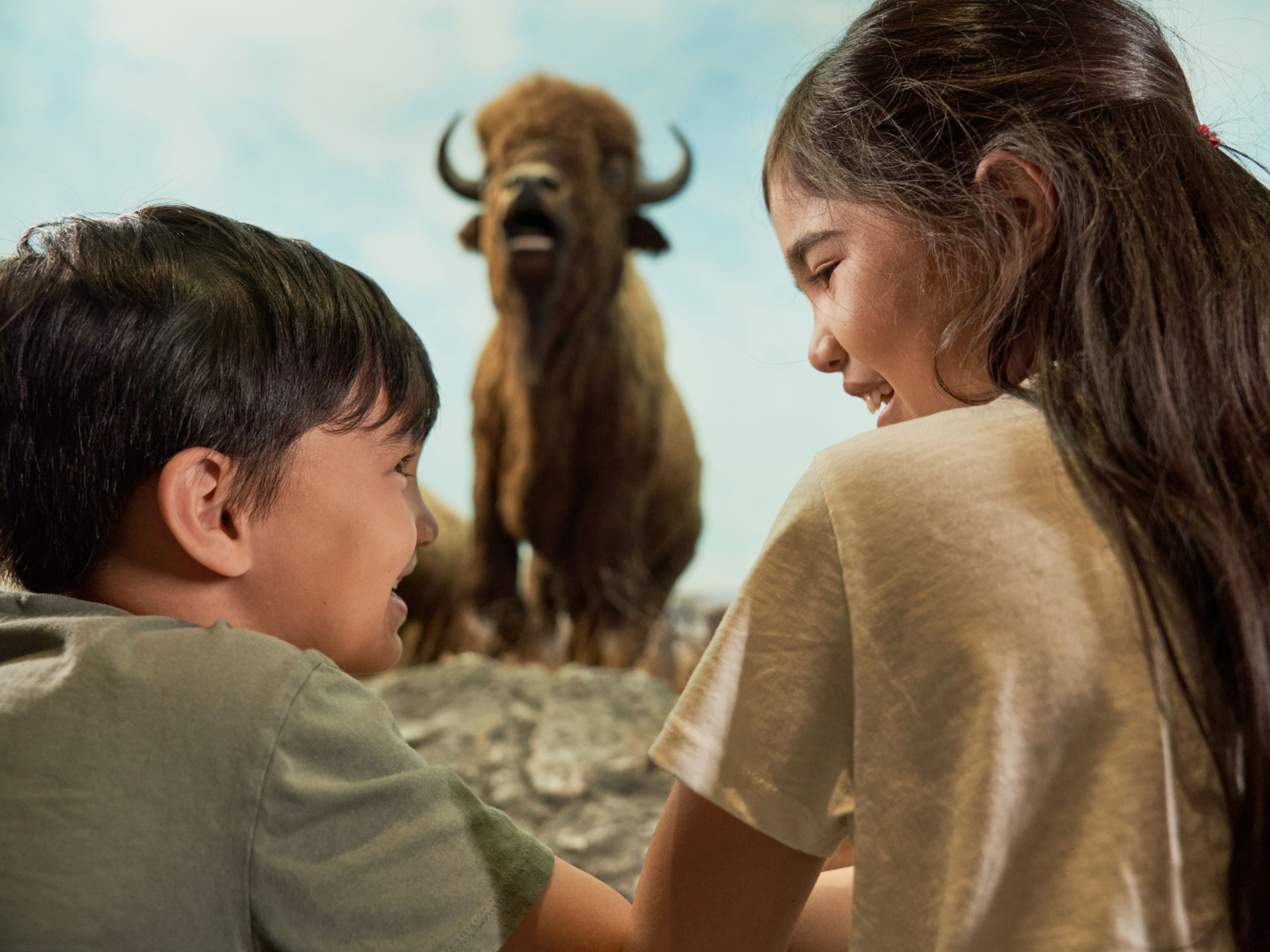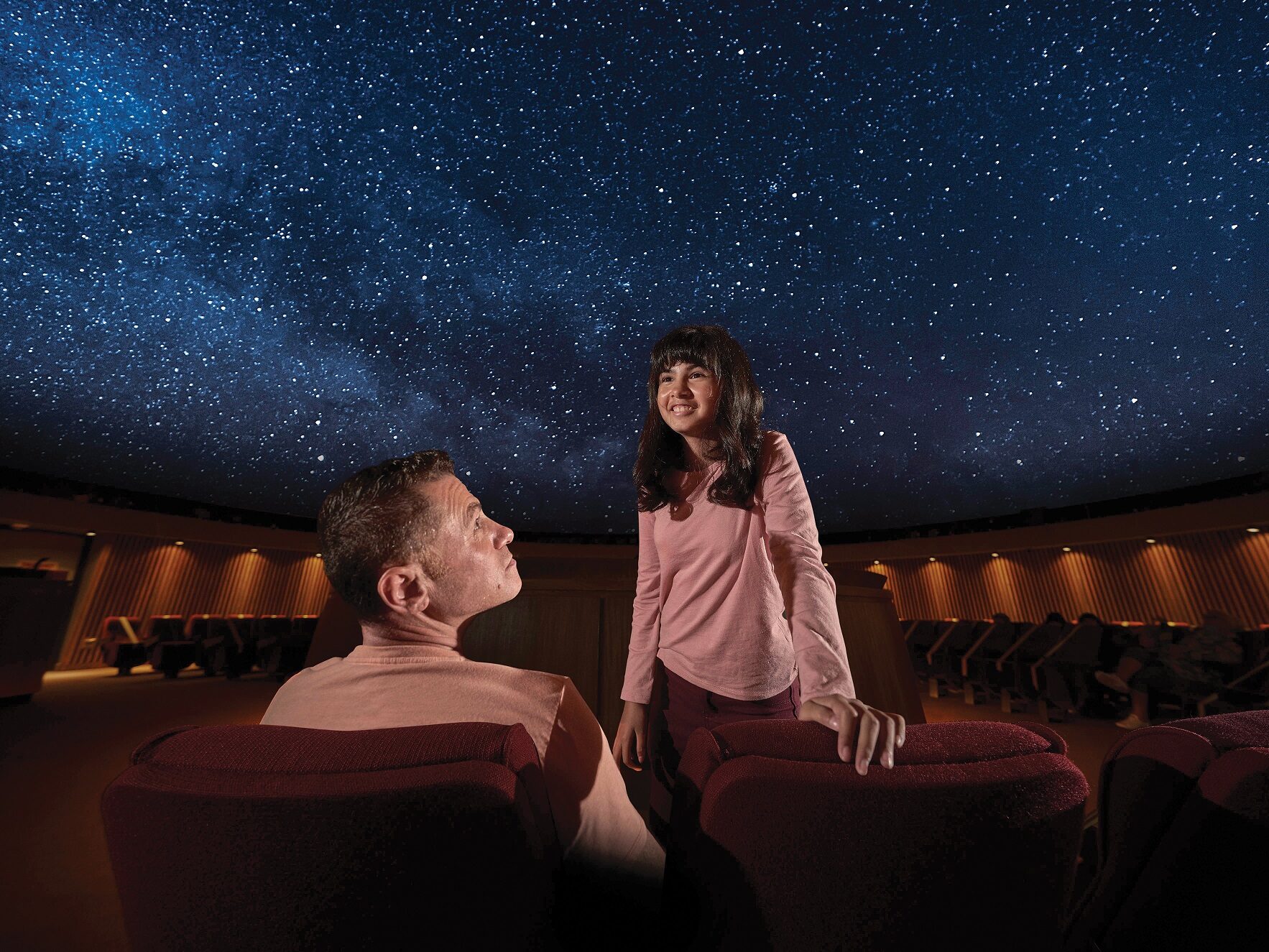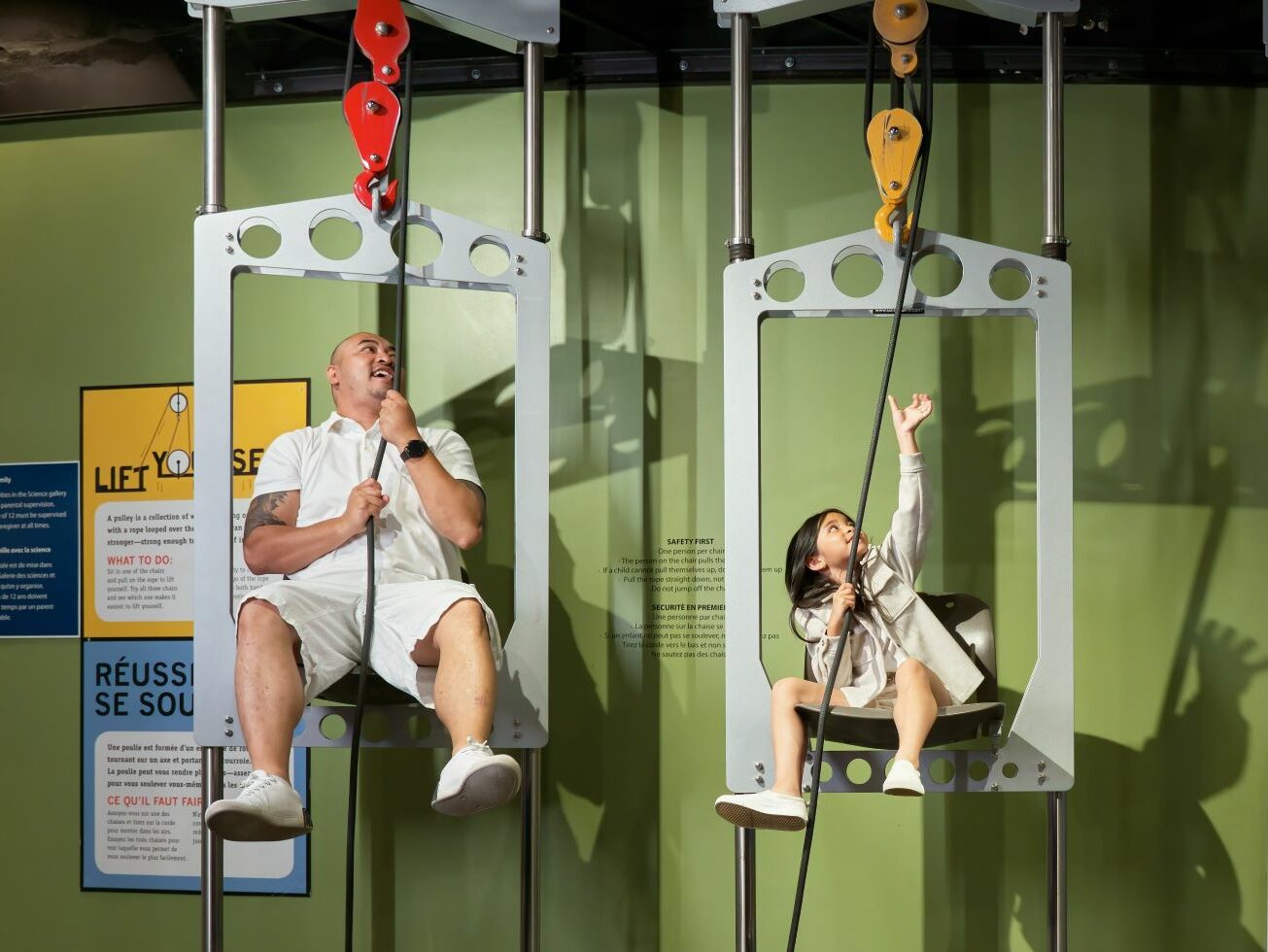
The Manitoba Museum has held Ancestors of First Nations, Inuit, and Métis communities within our collections for several decades. We sincerely and profoundly regret this. In doing this we know the Museum has contributed to and played a role in colonialization. We apologize for our actions, inactions, failures, past and present and understand that what is required now is that our actions be transparent, honest, and meaningful.
In 2022 the Museum began the Homeward Journey – the work needed to identify the Ancestors with the aim of bringing them home. The Museum also undertook the work of preparing an apology to communities which will be delivered in Spring 2025.
We expect bringing the Ancestors home will take several years and will require honest and meaningful engagement with impacted communities in preparation, during, and after their return.
The Museum is seeking the guidance of spiritual and community leaders and connecting with communities to strengthen relationships. We are committed to communicating the work that is being done and returning the Ancestors home.
Definitions
Ancestors: The physical or biological remains, and more broadly, the spirits of Original Peoples, particularly those who lived in Manitoba and North America or Turtle Island.
Belongings: The possessions associated with Ancestors. Museums and archaeologists frequently refer to these objects as artifacts. For the purposes of the Homeward Journey, Ancestors and their belongings are considered indivisible and should be stored and repatriated together.
Colonization: The process of settling among, extracting from and establishing control over Indigenous peoples and their land. In what is now North America, this process began in the mid-15th century and continues today.
Repatriation: Repatriation is the return of persons, material heritage, and/or associated knowledge to its place of origin, or to its former owners or their heirs. It is a widely understood concept and plays a role in government policy. However, repatriation is often connected to ideas of property and nationhood, and it may not be well connected to First Nations, Inuit, and Métis values.
Rematriation: As a result, the term rematriation has begun to be used. The concept was first introduced by Stó:lō author Lee Maracle in the 1980s. It attempts to reclaim or re-connect values, culture, knowledge, and material resources. The Museum is using both terms in tandem, as repatriation is the better-known term but rematriation more closely aligns with our intent to return the Ancestors in an appropriate way and acknowledges matrilineal heritage systems. (CMA Moved to Action Report: p.40)
Homeward Journey at the Manitoba Museum FAQ
Many of the Ancestors were removed from their burial locations by archaeologists in the early 20th century. Museums were common repositories for archaeological and historical projects, and, unfortunately, burials were included in this work. In other cases, Ancestors were unintentionally discovered by members of the public and brought to the Museum. The Museum takes full responsibility for all of the Ancestors who have remained at various iterations of the Manitoba Museum, including our present location at 190 Rupert Avenue in Winnipeg.
There are just over 40 Ancestors at the Museum, as well as some belongings that may be related to burial sites. Most of the Ancestors are from Manitoba, but there are some from other areas in North America. They represent men and women of varying ages, from children to the elderly. It is difficult to say when they might have passed away, but the majority appear to have been buried within the last 500 years.
None of the Ancestors are from or near Indian Residential School sites.
Most of the Ancestors are from southern Manitoba and the Interlake, with two Ancestors from northern Manitoba. A small number of Ancestors are from jurisdictions outside of Manitoba, and four are potentially from the US. In all cases, the Museum is currently researching our records to determine which communities to contact about returning the Ancestors.
Some Ancestors were found with personal belongings. Many of the belongings are everyday items like tools, adornments, and pottery. Ancestors and their belongings are part of the same whole: they will be kept together until they can be returned to their kinship communities together.
No. None of the Ancestors were found at or near Indian Residential School sites.
In consultation with the Indigenous Advisory Circle and with guidance from Spiritual Leaders and Knowledge Keepers, Museum staff are responsible for determining which communities the Ancestors may belong to.
Kinship communities, however, will ultimately decide where the Ancestors will be returned. Determining which communities should be contacted relies on archival and geographical information, such as archaeological field notes and donor records.
We have not and will not photograph Ancestors, use any diagnostic imaging such as X-rays or CT scans, or do DNA or chemical testing, unless expressly asked to do so by the kinship communities or if required to in a forensic case. The work we have undertaken to learn about the Ancestors is non-destructive and includes written observations made by an osteologist (a biological anthropologist).
No destructive chemical or genetic testing was performed on the Ancestors at any time.
The Homeward Journey is a collaboration between First Nations, Inuit, and Métis Community Leaders and Museum staff, supported by the Manitoba Museum Board of Governors and CEO, and guided by Spiritual Leaders and Knowledge Keepers.
No. No research or work has been done on the Ancestors other than trying to identify them in order to return them home. No invasive or destructive research has been done, nor has photography or other imaging. In the 1990s, some Ancestors were included in an incomplete university project that described Ancestors from across Manitoba. We understand that no invasive or destructive testing was conducted at that time either.
No. The Ancestors were never on display at the Manitoba Museum. In past decades, some Ancestors and belongings were described in archaeological reports. Some belongings were on display at various times but were removed from Museum galleries many years ago.
Yes. A model of an Ancestor was on display in the old Grasslands Gallery in the 1970s, later removed in the 1980s. It was a replica and wasn’t real. It was wrong to display this.
The Manitoba Museum is committed to returning the Ancestors to their kinship communities. As complete of a history as the Museum can gather will be given to the kinship communities and will not be forgotten.
The Museum is committed to rebuilding trust, repairing important relationships, and moving forward in a good way.
Copies of all the records that the Museum has created or has on file about the Ancestors and their belongings will be given to the communities to which they return.
The Museum will retain the original records as required by provincial legislation. They will be held under restricted access and only shared with kinship communities upon their request.
In the past, the Ancestors and their belongings were housed in the archaeology collections area, and for a short time at a local university.
The Ancestors and their belongings are now in two secure, private and restricted areas that have been smudged by a Spiritual Advisor. They are wrapped in cloth and resting in wooden cedar boxes with the four medicines. This is temporary, until we consult with kinship communities to ensure we respect and follow their wishes around storage and protocols for final return.
Having Ancestors in the Museum has always been wrong, even when it was the common practice. It has taken the Museum decades to get to where we are now, actively working to correct this injustice. The current Museum team is committed to addressing decisions made years ago and are taking important steps to correct these wrongs.
The Homeward Journey began to come together around 2020, but the Museum stopped accepting Ancestors over fifty years ago. The most recent Ancestor to arrive at the Museum was in 1965. In the years after that, archaeologists and museums became increasingly aware of the ethics of their treatment of First Nations, Inuit, and Métis peoples, and their Ancestors. Within the last two decades, the Museum has returned one Ancestor. The Museum has also assisted the Province of Manitoba in repatriating other burials from northern Manitoba that were never at the Museum.
The Museum is working with the Indigenous Advisory Circle to the Museum, which includes representatives from First Nations, Inuit, and Métis communities across Manitoba. The spiritual care of the Ancestors is guided by a Spiritual Advisor. We are also in the process of establishing an Elders/Spiritual Council specifically to guide work of the Homeward Journey.
In November 2023, discussions began with Grand Chiefs and a gathering was held in January 2024. These were the first steps in sharing information with communities.
In May 2025, the Museum made an official apology for its treatment of Ancestors.
As the Museum learns more about which communities may be kin to each Ancestor, we will work directly with the Spiritual Leaders and representatives of those communities.
We cannot speak specifically to other institutions. However, it is known that some Ancestors are held by Manitoba universities and provincial agencies.
If the Museum’s assessment suggests that there are non-Indigenous Ancestors, we will also try to return them to their communities. In these cases, we would consult with the Province of Manitoba and relevant municipalities and where possible, try to locate relatives to enable them to go back home. All human remains will receive the same standard of care, regardless of their origin.
The Museum is committed to ensuring there will be no human remains in its collection, nor will the Museum accept human remains in the future.
More Information
Crisis Support
We understand that this content may be upsetting or triggering for readers.
We recognize the importance of providing support for anyone who may experience trauma related to past harms while visiting this page. We encourage you to seek assistance from crisis centres if needed.
Contact
If you have questions about this project, please reach out to Manitoba Museum CEO, Dorota Blumczyńska at DBlumczynska@ManitobaMuseum.ca or (204) 988-0630.


